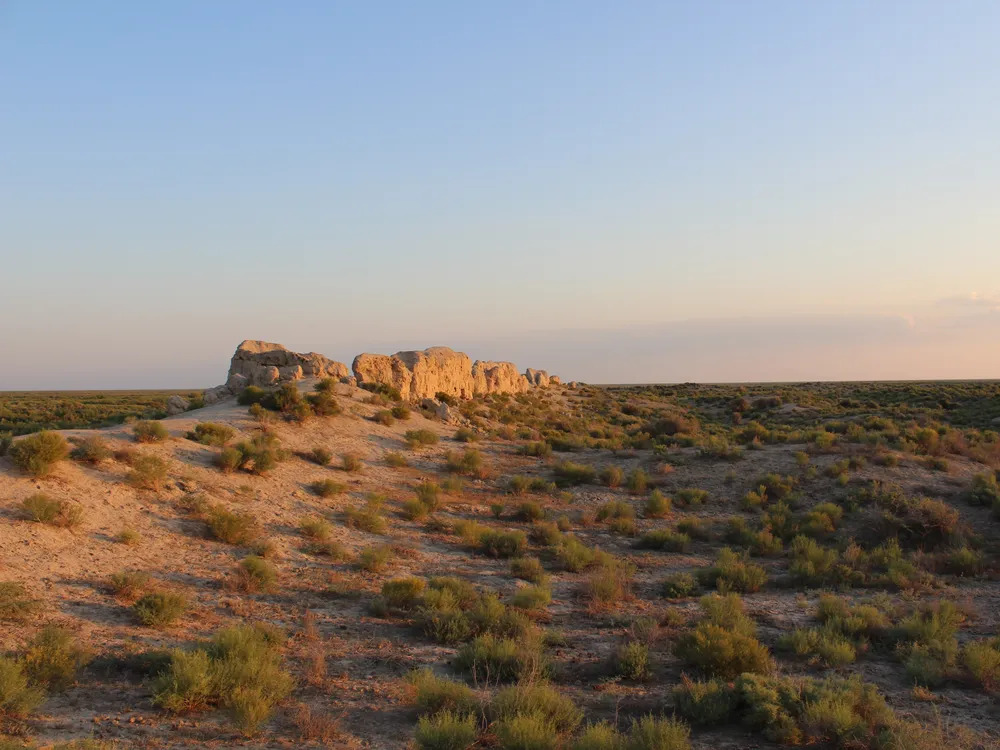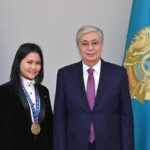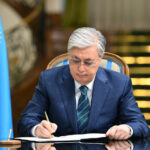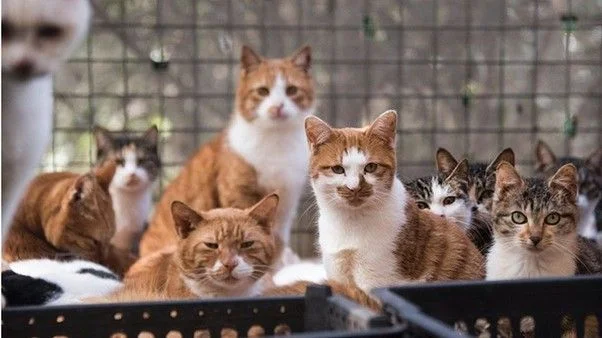Hereby, we post an exposition of an article written by Alex Fox for Smithsonian Magazine about ancient Kazakh attitudes to cats.

A venerable feline skeleton, dating back a millennium, discovered along the illustrious Silk Road in the expansive realms of Kazakhstan, is surmised to have been a cherished companion to nomadic herders. These wanderers, renowned for embracing only the most indispensable possessions, were likely devoted custodians to this esteemed creature. The findings, articulated in recent research, suggest a broader societal transformation towards urban settlements at the juncture of the first millennium A.D.
Archaeologists, while delving into the historic confines of the southern city of Dzhankent—once the abode of the Oghuz people—exhumed the nearly pristine remains of this felicitous feline. The Oghuz, a medieval Turkic community dwelling in the Central Asian steppes encompassing modern-day Mongolia, Kazakhstan, and portions of Uzbekistan and Turkmenistan during the medieval epoch, were, as elucidated by lead author Ashleigh Haruda, nomadic practitioners reliant on extensive flocks of sheep, goats, cattle, and horses for sustenance—a lifestyle echoing the ancient traditions of the steppe.
The cat’s skeletal vestiges exhibit telltale signs of healed fractures in its leg bones and missing teeth. This compelling evidence leads the erudite researchers to posit that the feline, requiring human intervention for its survival, must have experienced attentive care. Despite these adversities, the creature remained well-nourished, partaking in a diet replete with soft, protein-rich victuals, including the bounty of the aquatic realm and the sustenance of grains such as millet, as expounded in a scholarly exposition published this week in the venerable journal Scientific Reports.

Through the meticulous application of radiocarbon analysis, the erudite researchers discerned the temporal origin of the cat’s skeletal remnants, placing it within the temporal tapestry of 775 to 940 A.D. In their quest for deeper understanding, they delved into the genetic fabric encapsulated within the bones, unraveling the feline’s lineage as that of an adult male, presumably descending from a lineage of Middle Eastern domestic cats.
Haruda, the discerning lead author, expounds upon the culmination of evidence, notably the resilient bones, which narrate a tale of profound tribulation endured by the feline. Remarkably, not only did it persevere through these adversities, but it thrived against the odds. Of particular significance to the scholars was the revelation surrounding the loss of teeth, particularly the canines and other dental fixtures. Observing the healed tooth roots, they deduced the impediments this dear creature faced in its hunting endeavors due to dental shortcomings.
Haaretz aptly observes that the relatively intact state of the skeleton implies a deliberate act of interment, transcending the mere dissolution in the open elements. Haruda postulates on the nomadic disposition of the Oghuz, elucidating their pragmatic approach to animal companionship—reserved only for those with indispensable utility. Dogs, as guardians of the herd, found purpose, but felines, bereft of a discernible function, were ostensibly absent from their pastoral milieu.
The scholarly dialogue extends, shedding light on the Oghuz predilection for pastoralism, hinging on livestock for sustenance, devoid of the substantial grain stores typical of agrarian societies. This inconspicuous toothless cat, an emblem of non-utilitarian companionship, becomes a poignant marker for the broader transformations in culture, society, and economy accompanying the dawn of urbanization in the early medieval epoch. It stands as a testament to the intricate interplay of goods and culture along the historic Silk Road, echoing a narrative of exchange transcending mere material transactions.









